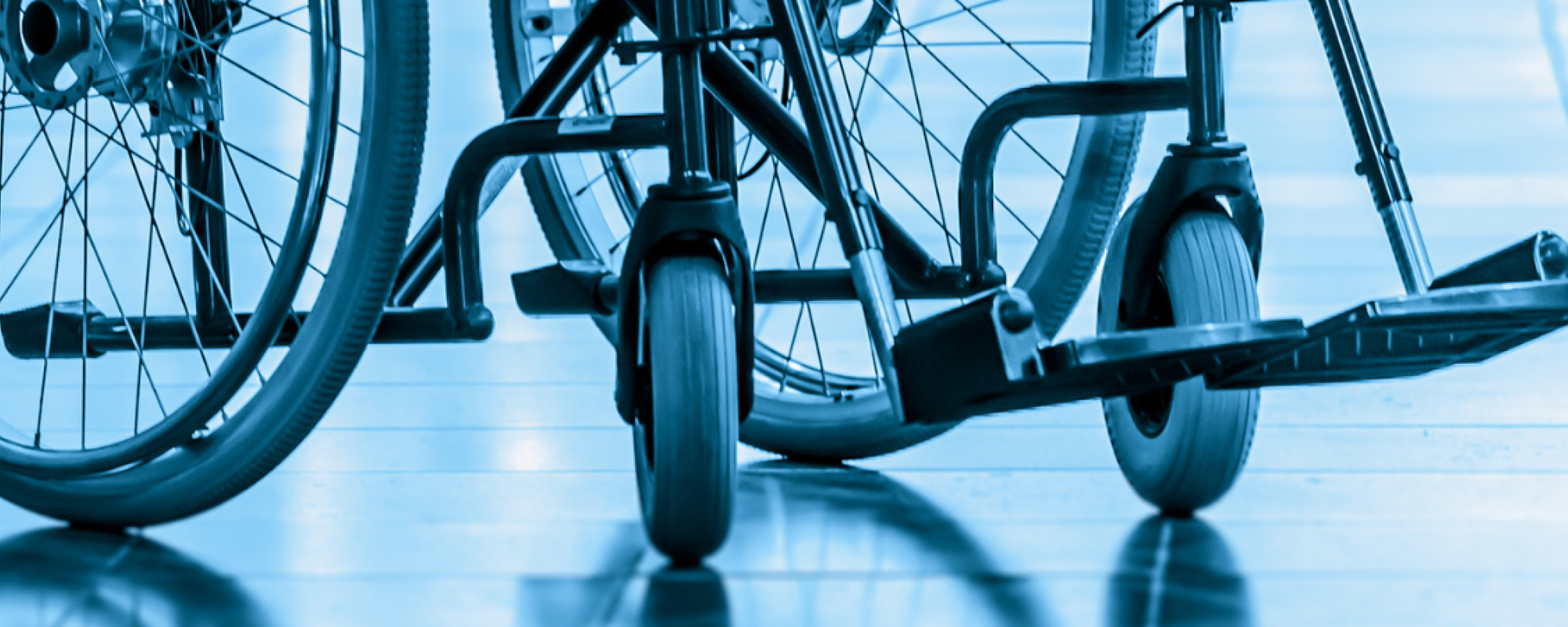Mobility
Mobility plays a key role in the overall well-being and quality of life of residents in post-acute and long-term care (PALTC) settings.
Understanding Mobility in Older Adults
- Physiological Changes: Aging is often accompanied by muscle mass decline (sarcopenia), decreased bone density (osteopenia or osteoporosis), and joint issues (such as arthritis), which can all affect mobility.
- Concurrent Medical Conditions: Neurological conditions like stroke, Parkinson's disease, or neuropathies, and other comorbidities like heart failure or chronic obstructive pulmonary disease (COPD), can significantly impede movement.
- Environmental Factors: Inadequate footwear, cluttered living spaces, and lack of assistive devices can pose challenges to free movement.
Optimizing Mobility in PALTC
- Comprehensive Assessment: A thorough evaluation to ascertain the root causes of mobility limitations, encompassing physical exams, functional tests, and reviewing medical histories, is foundational.
- Tailored Interventions: Based on the assessment, interventions can range from physical therapy exercises, occupational therapy for adaptive techniques, or even pharmacological management for underlying conditions.
- Use of Assistive Devices: Walkers, canes, or wheelchairs can provide essential support. Ensuring these devices are customized to the patient's size and need is vital.
- Safety Precautions: Adequate lighting, non-slip floors, handrails, and decluttering common areas can make PALTC environments conducive to movement while minimizing fall risks.
- Mobility-Focused Programs: Initiatives like walking clubs, balance exercises, or strength training sessions can instill a culture of mobility among residents.
- Education: Patient, family and staff education about the importance of mobility in maintaining strength, dignity and independence as much as possible is key.


